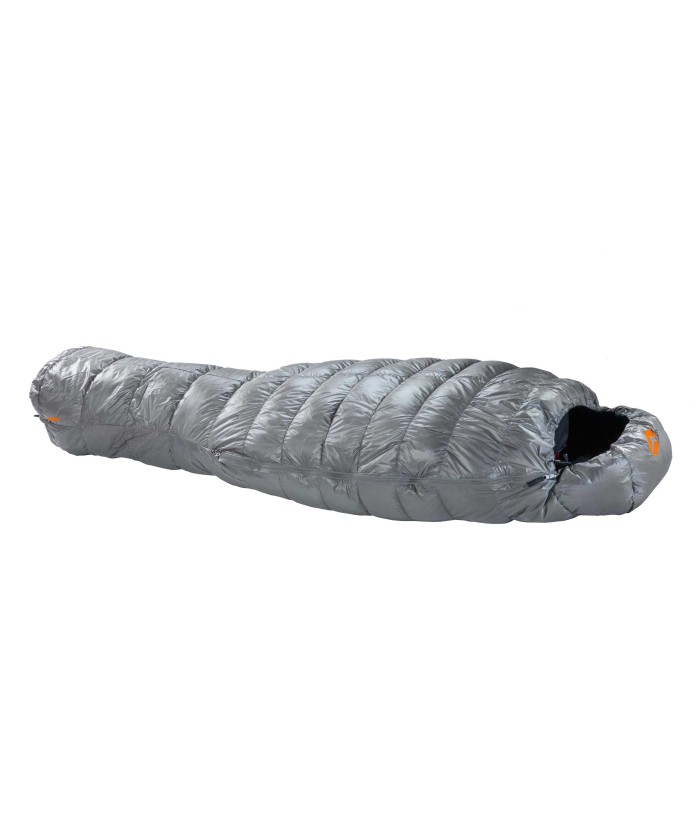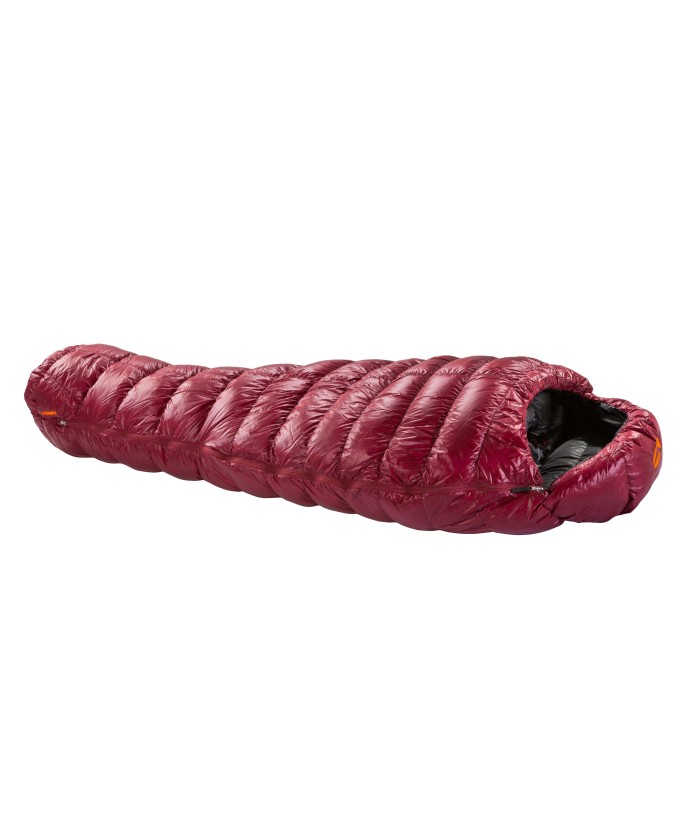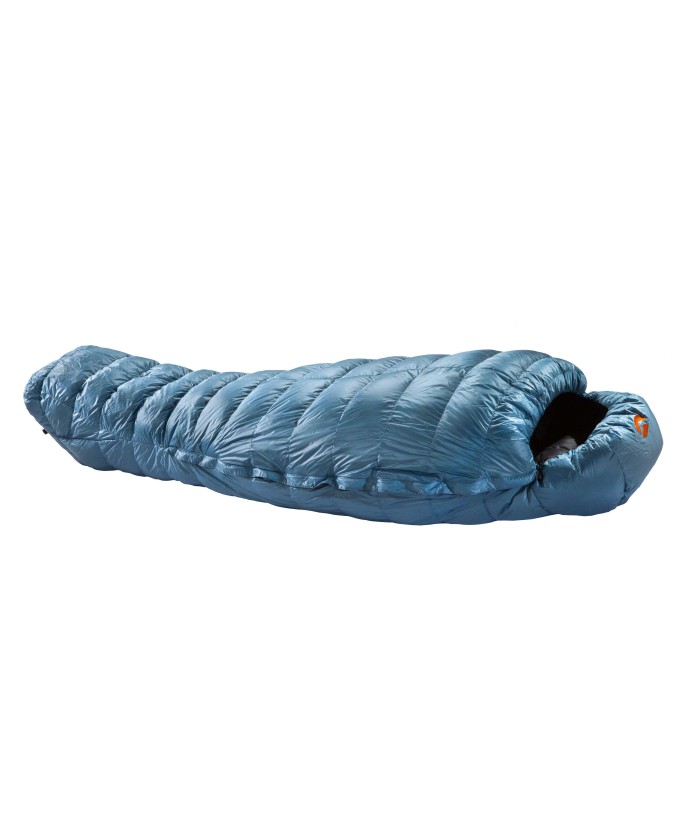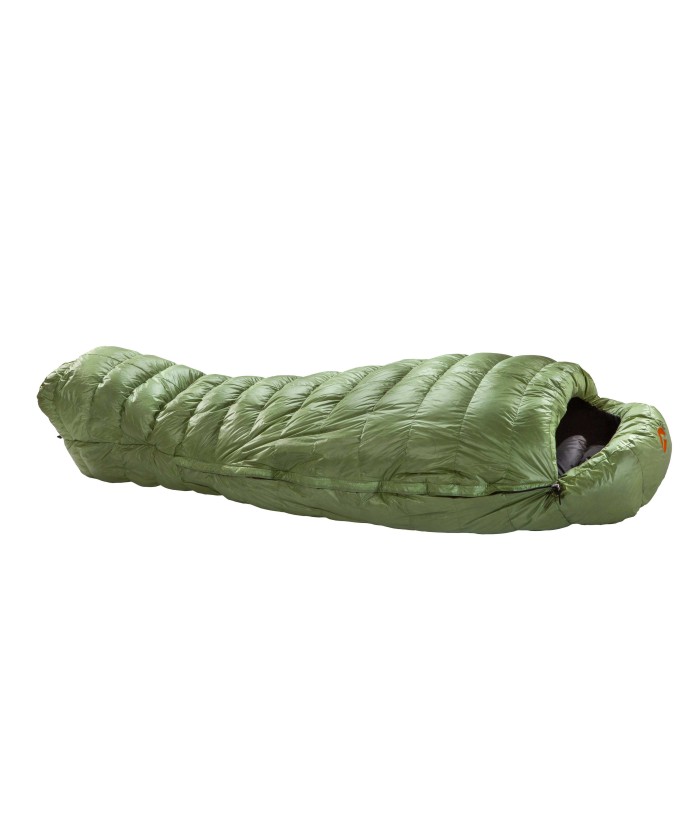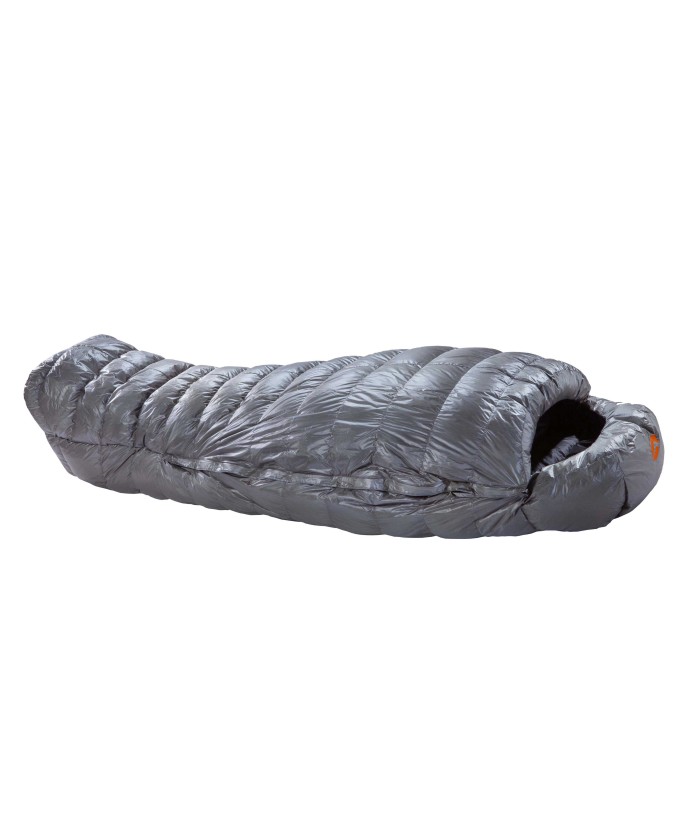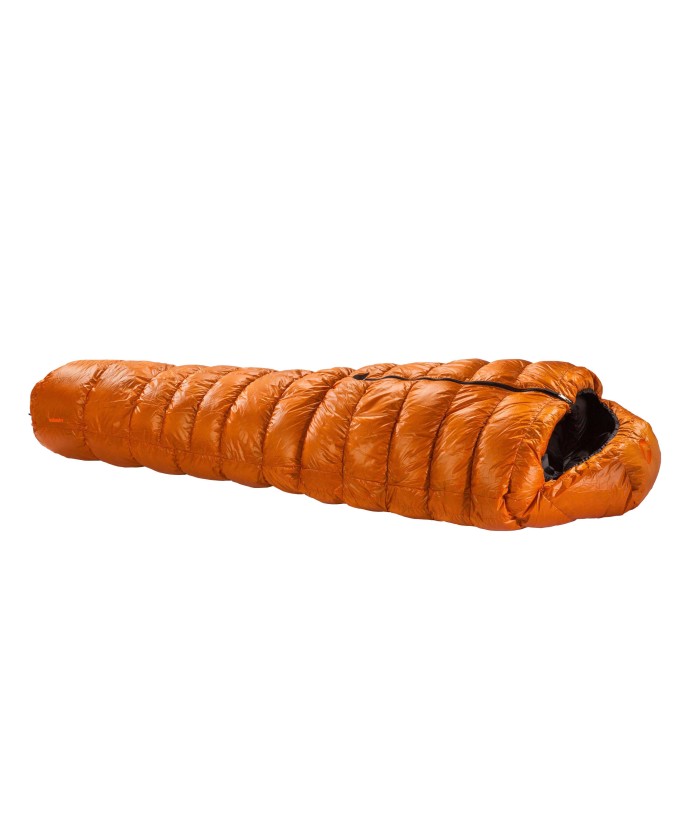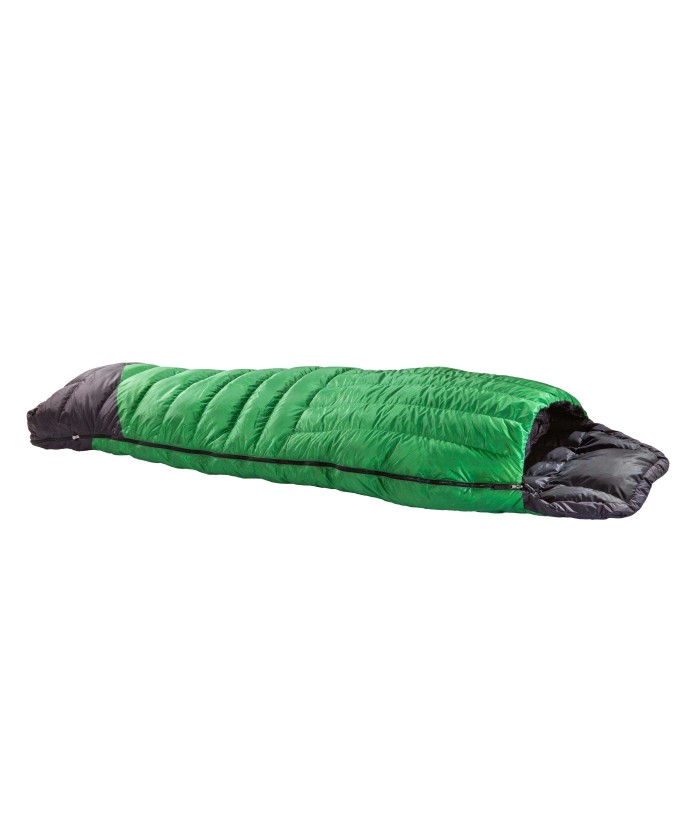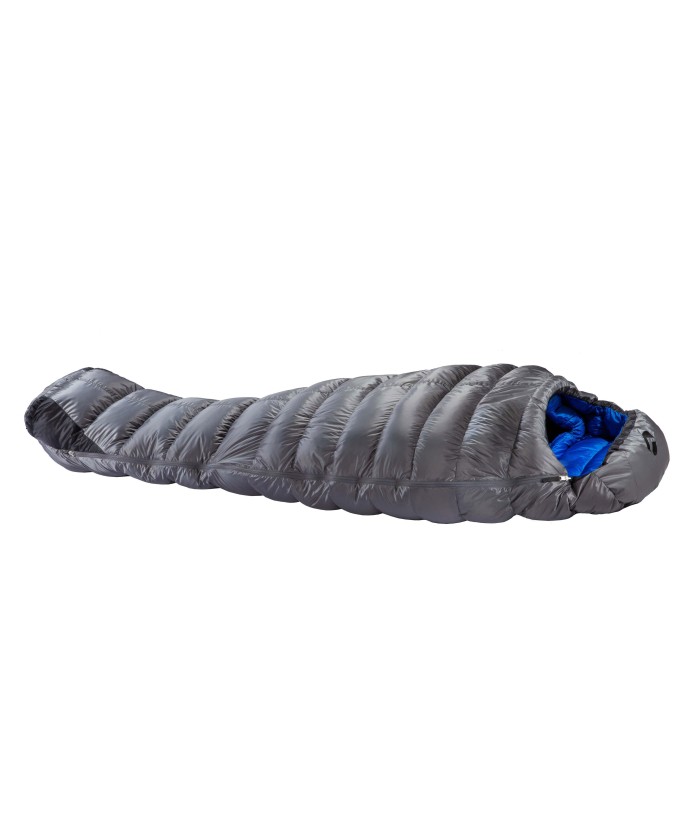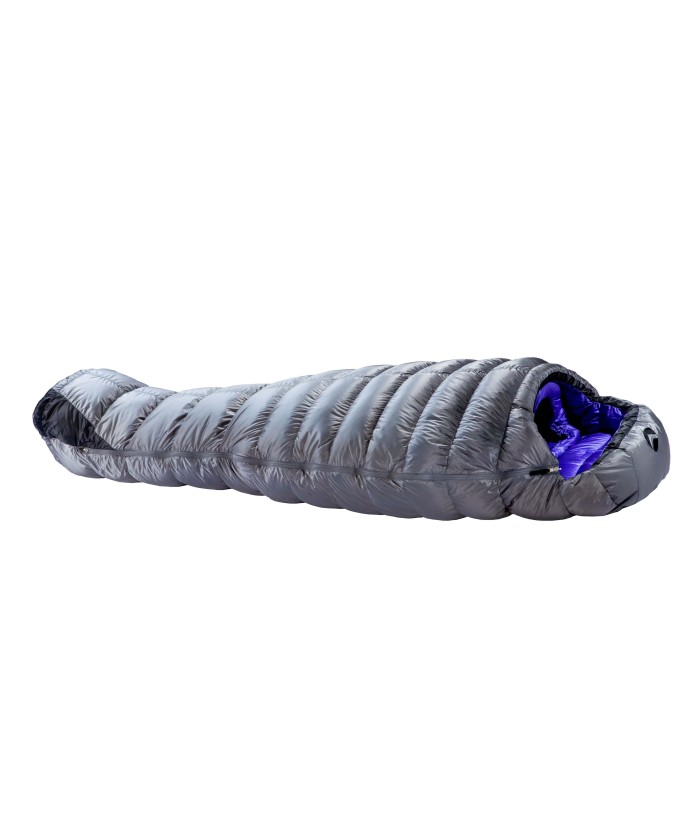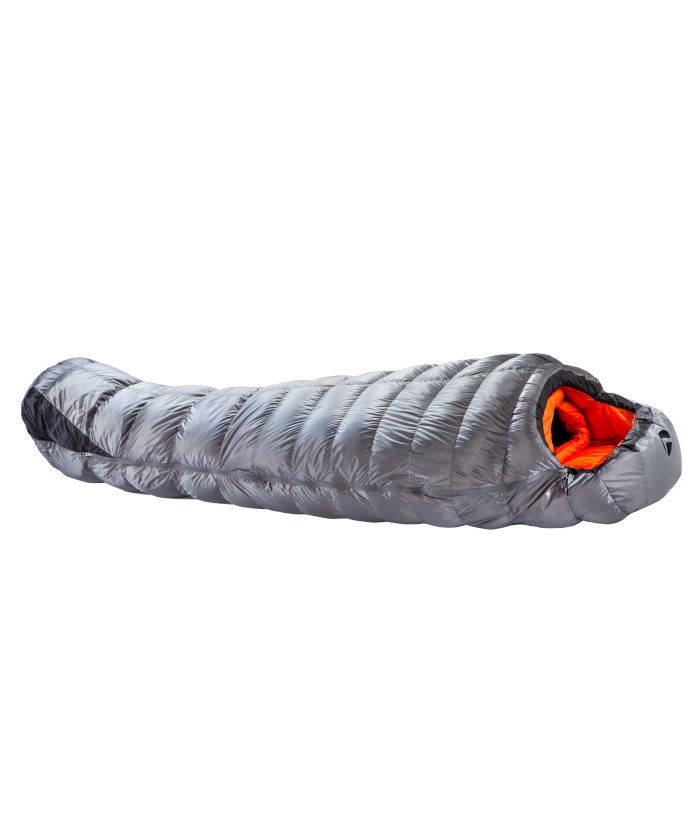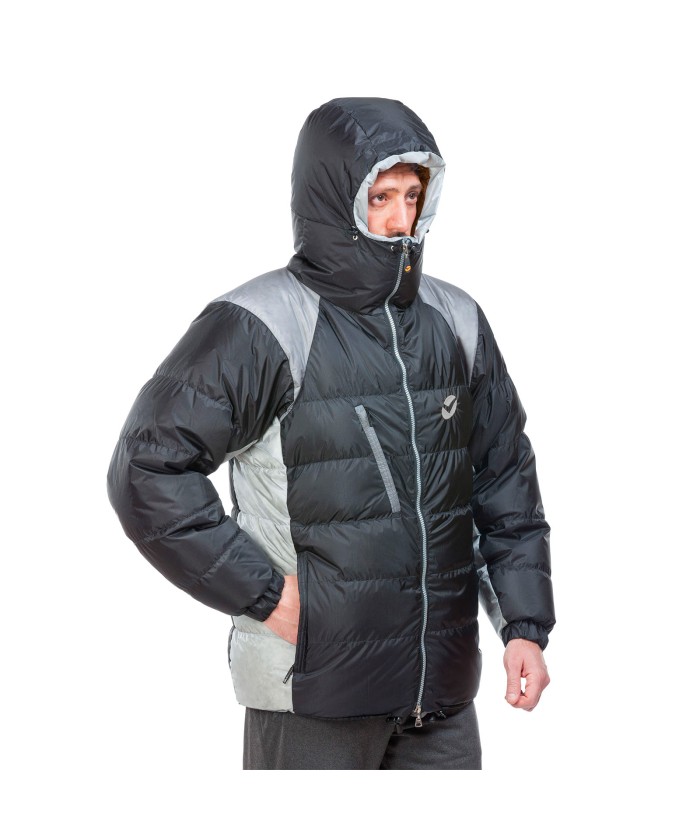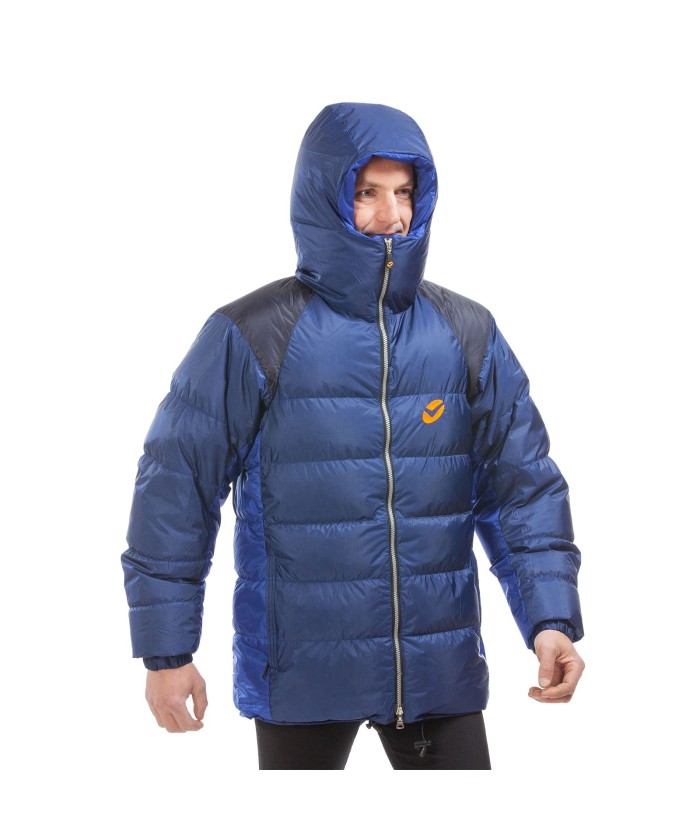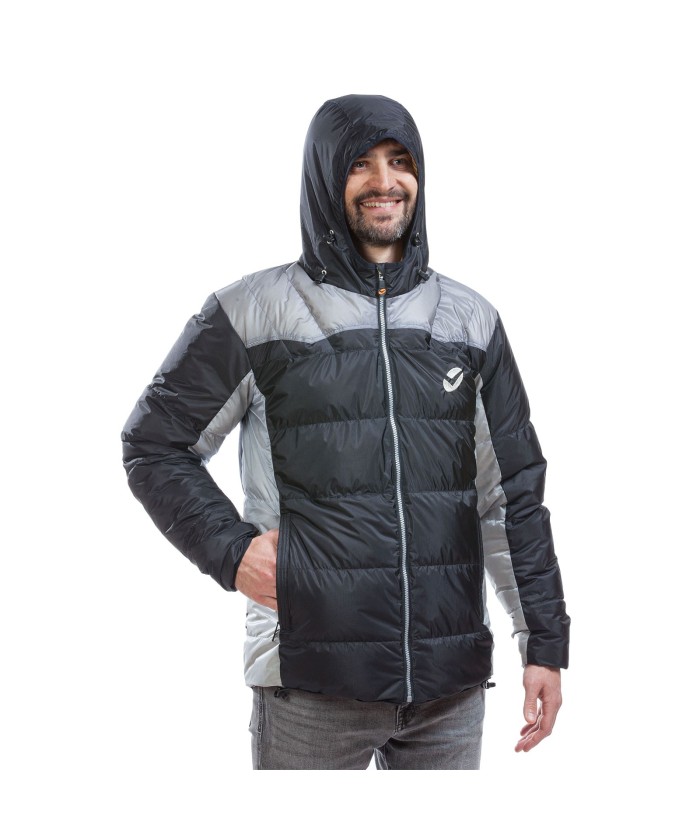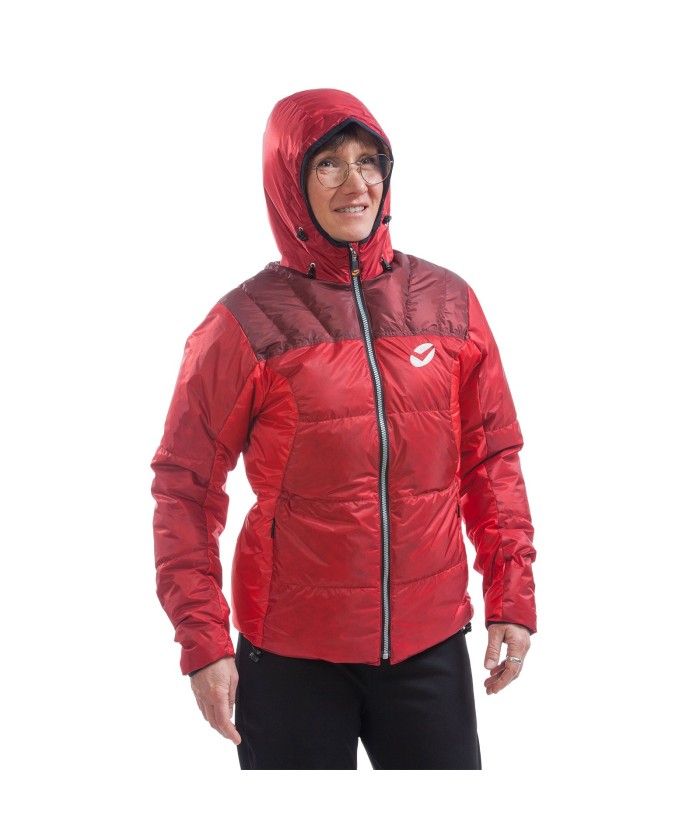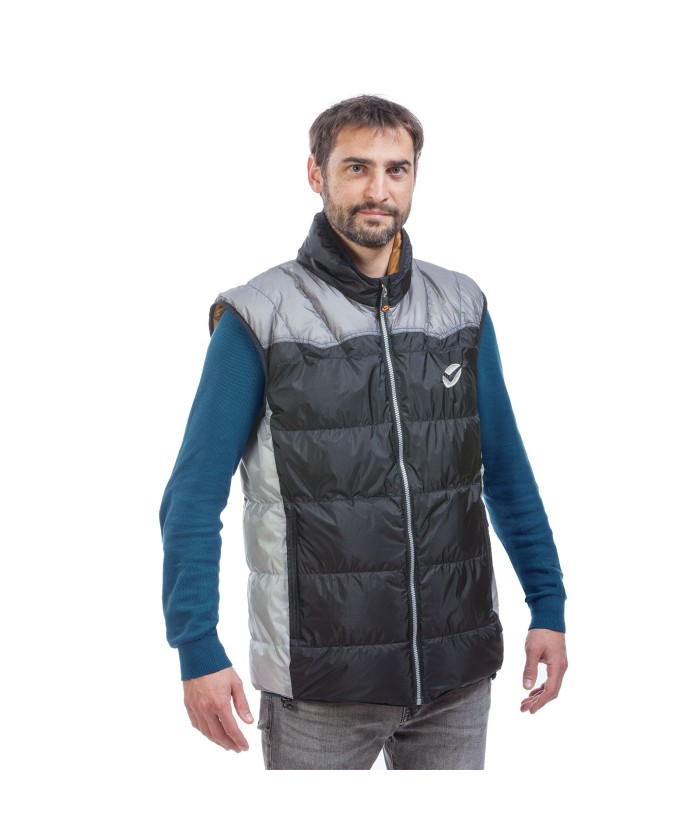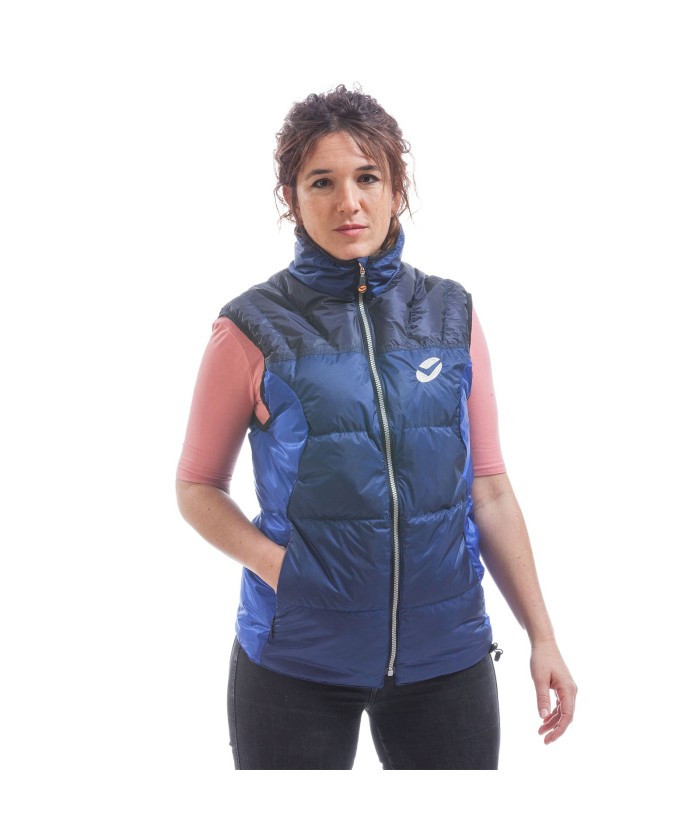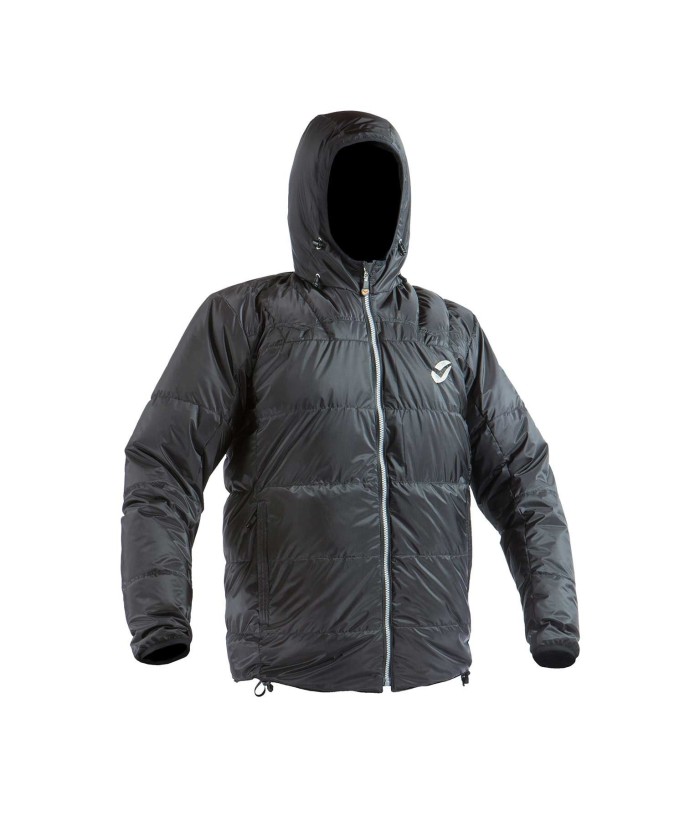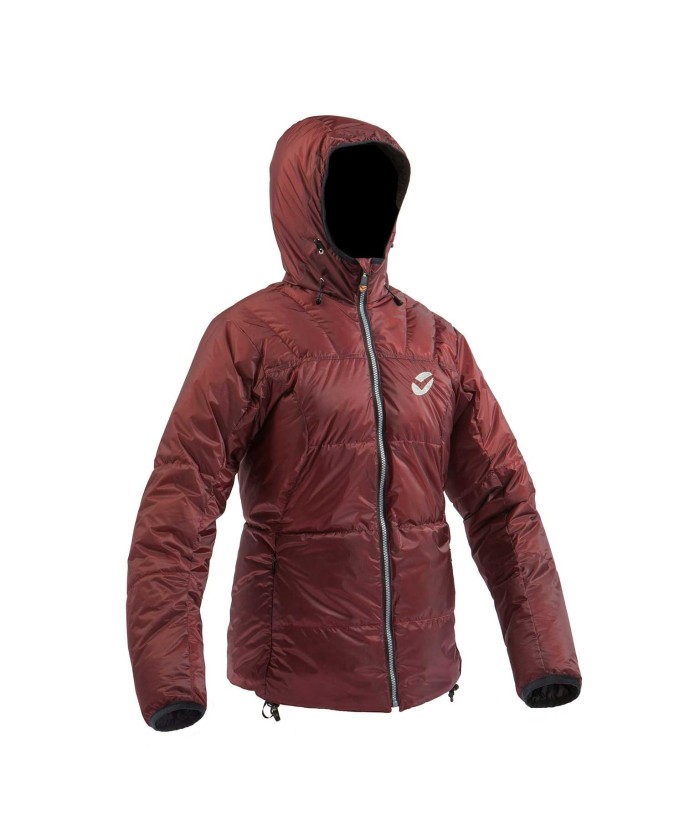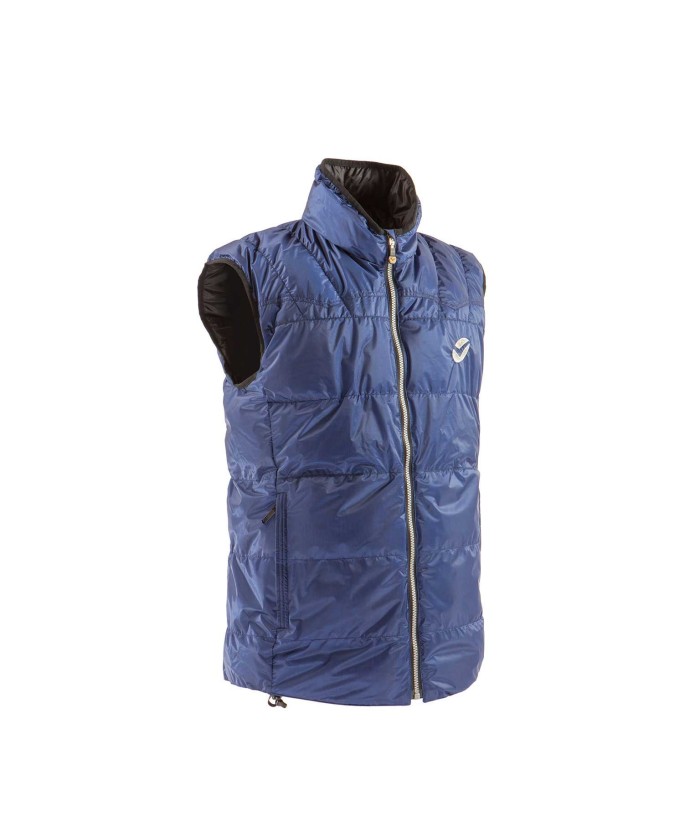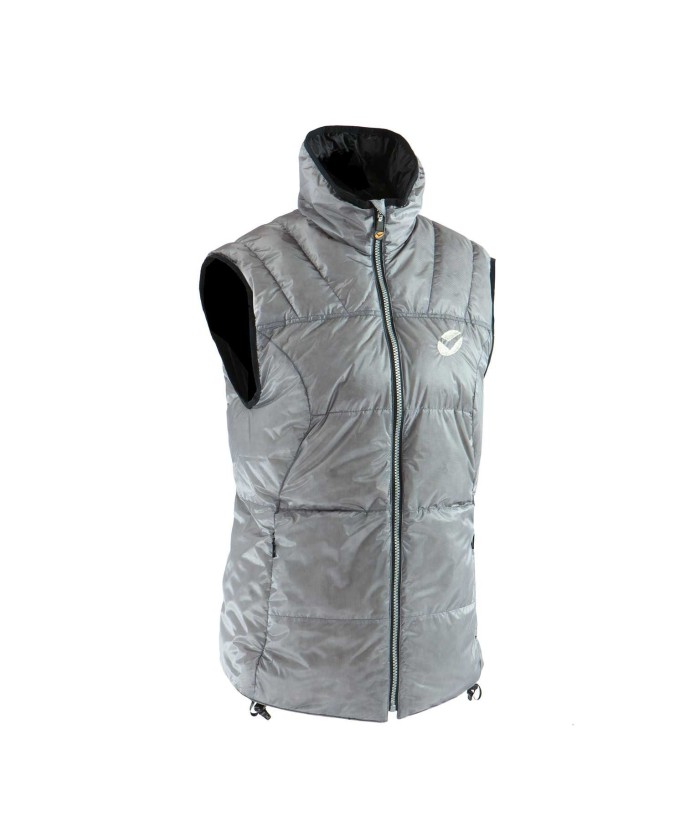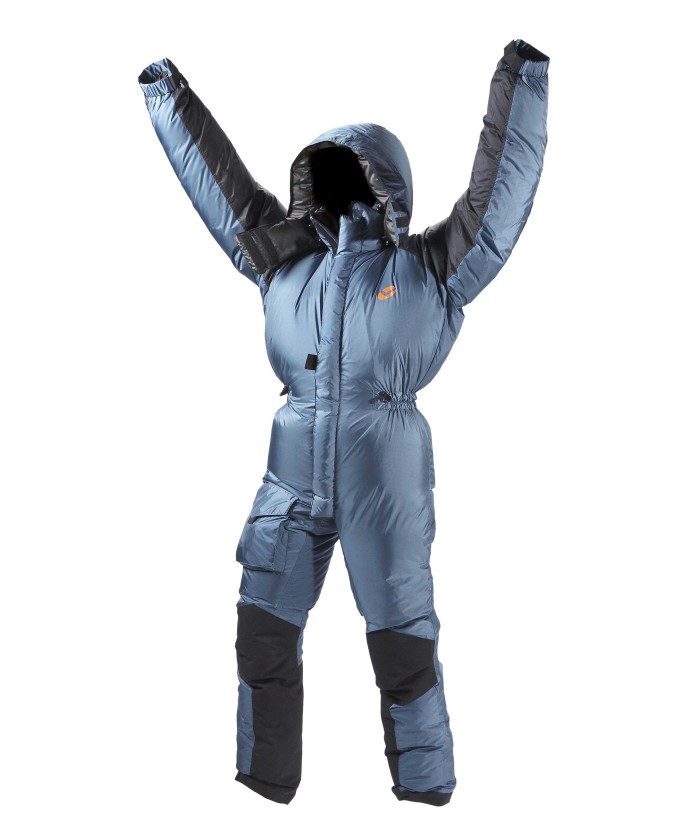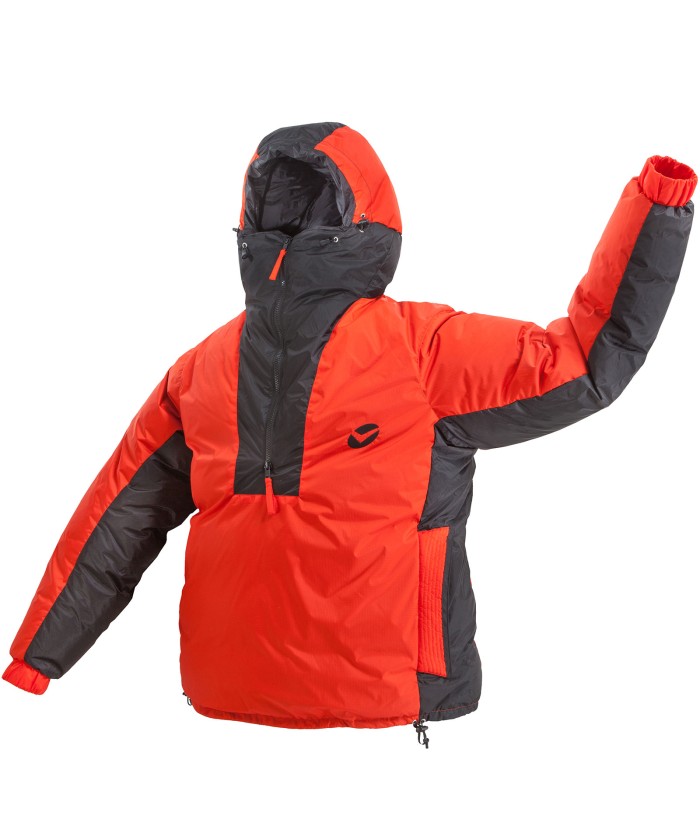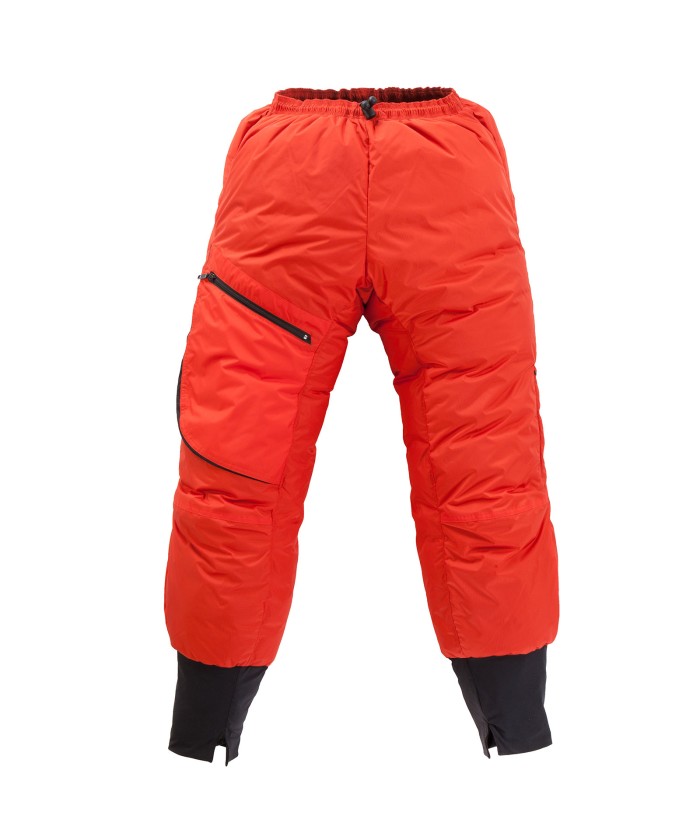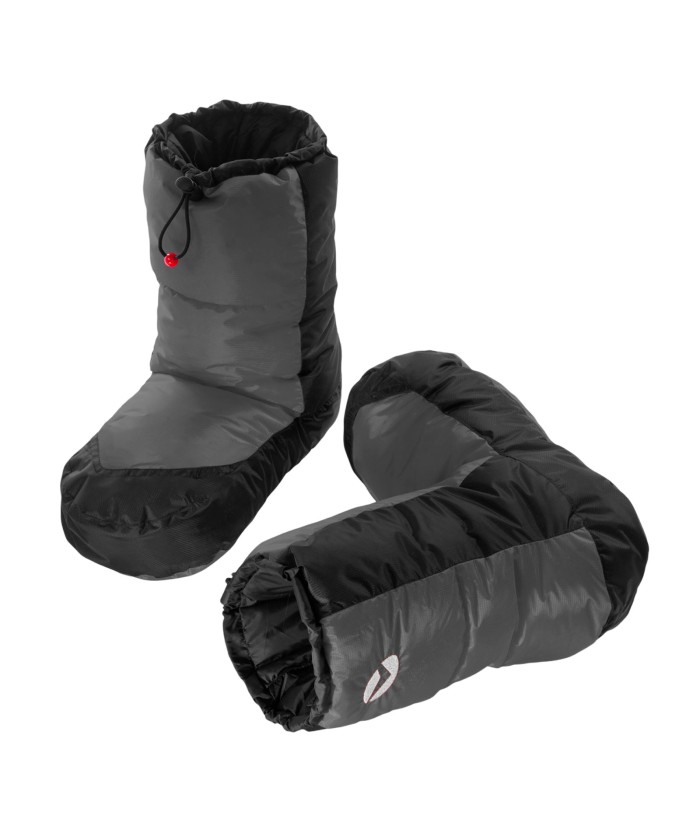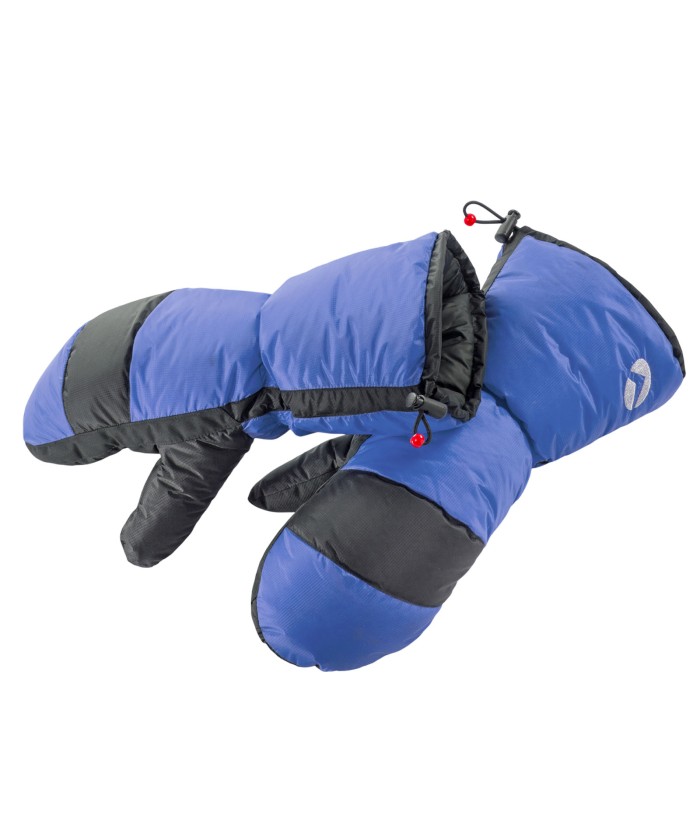-
MenuBack
-
Sleeping bags
-
-
Shocking Blue NEO Series
-
-
-
La fayette Series
-
-
-
Swing CO Series
-
-
-
Outerwear
-
-
Jackets & Vests
-
-
-
Jackets & Vests
-
-
-
Suits & Bibs
-
Available custom made
-
-
-
Booties & Mittens
-
-
-
DESIGN
-
-
DOWN
-
DOWN
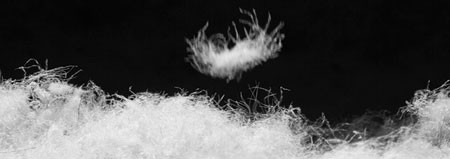
-
-
-
BUILD
-
BUILD
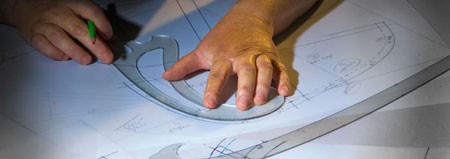
-
-
- About us
- Workshop
- Retailers
- CONTACT US
-
MenuBack
-
Sleeping bags
-
-
Shocking Blue NEO Series
-
-
-
La fayette Series
-
-
-
Swing CO Series
-
-
-
Outerwear
-
-
Jackets & Vests
-
-
-
Jackets & Vests
-
-
-
Suits & Bibs
-
Available custom made
-
-
-
Booties & Mittens
-
-
-
DESIGN
-
-
DOWN
-
DOWN

-
-
-
BUILD
-
BUILD

-
-
- About us
- Workshop
- Retailers
- CONTACT US
The Last French National Expedition to K2
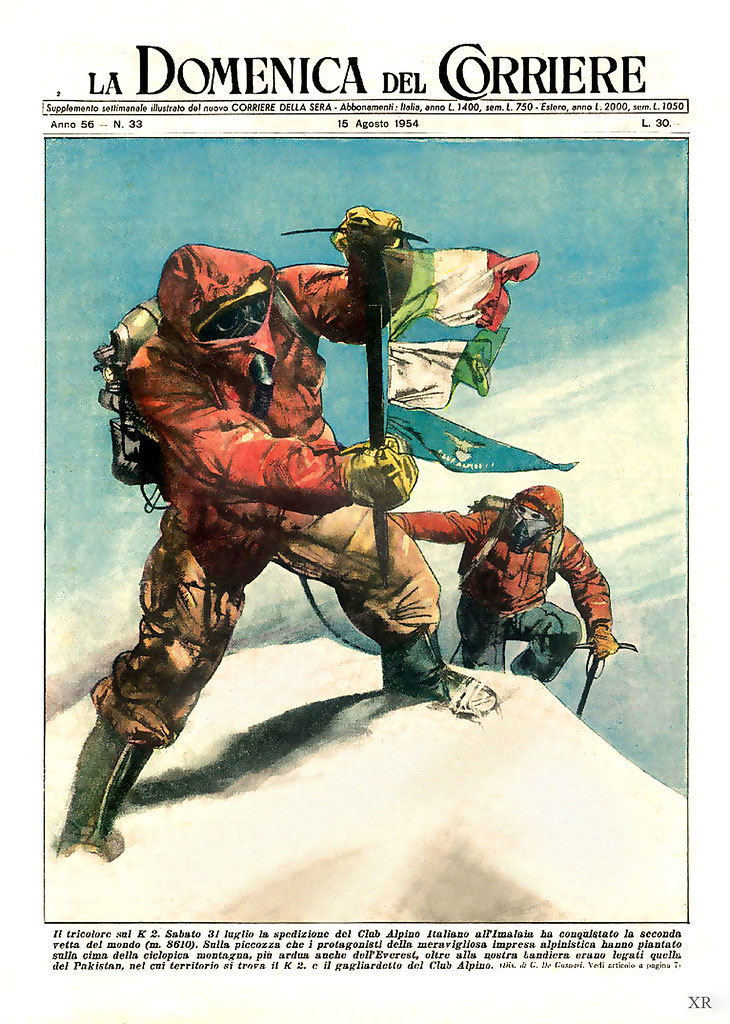 In 1979, the French Alpine Club (CAF) organized the last NATIONAL expedition to reach the summit of K2 (8.611m, first ascent 1954), sending 14 French top alpinists to Pakistan to make the first French ascent.
In 1979, the French Alpine Club (CAF) organized the last NATIONAL expedition to reach the summit of K2 (8.611m, first ascent 1954), sending 14 French top alpinists to Pakistan to make the first French ascent.
As a NATIONAL expedition, France used all necessary means to make a successful expedition, in what would become the last French “Heavy style” expedition. This included 14 French top high-altitude climbers, including Maurice Barrard, President of the Himalayan Section of the French Alpine Club, in an attempt using supplemental oxygen.
The equipment was enormous to establish the Base camp, and the strategy of supplemental oxygen, to lift up a high-altitude last camp of a weight of slightly under 300kg, demanded about 1200 porters. (Porters for setting up BC, and high-altitude porters, for the fixed ropes and camp – including oxygen for the porters…….and so on!)
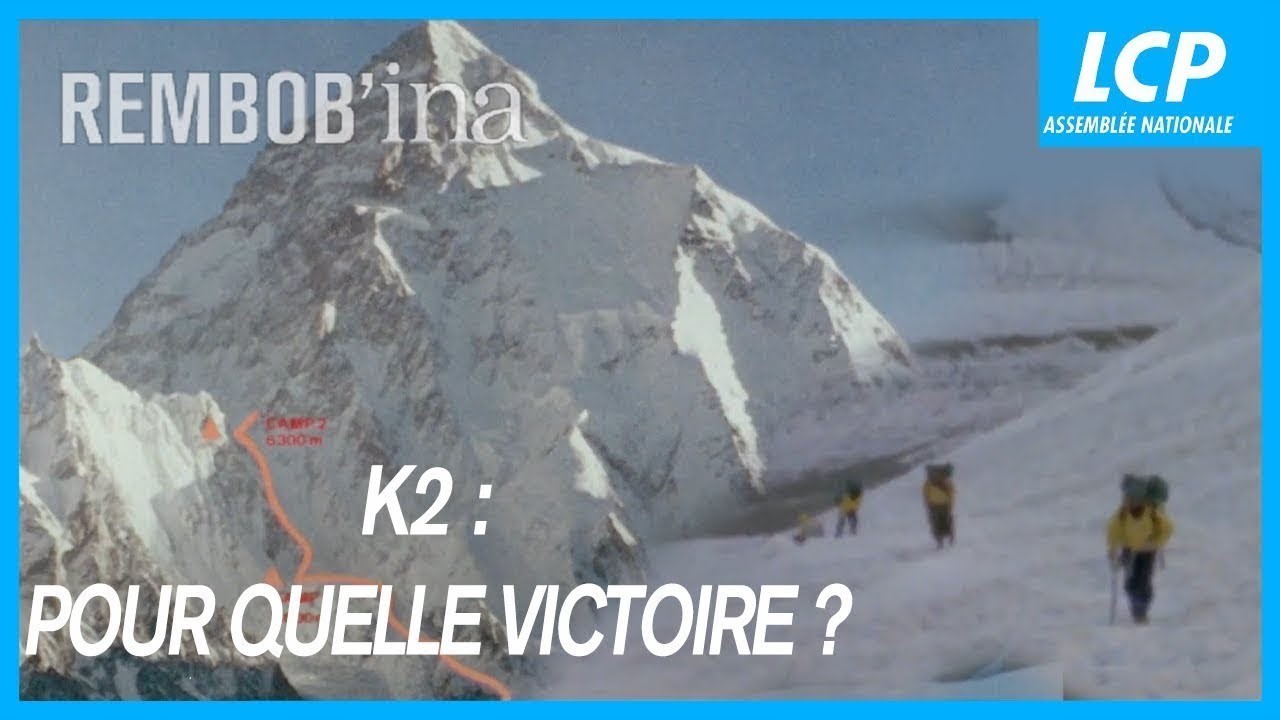 Despite the considerable means at the disposal of this final and last French National Expedition, the 14 high altitude climbers did not reach the summit. This led to discussions about the heavy weight expedition style, knowing that Reinhold Messner and Peter Habeler had summited Everest (8848m) non-ox in Alpine style one year before in 1978.
Despite the considerable means at the disposal of this final and last French National Expedition, the 14 high altitude climbers did not reach the summit. This led to discussions about the heavy weight expedition style, knowing that Reinhold Messner and Peter Habeler had summited Everest (8848m) non-ox in Alpine style one year before in 1978.
Maurice Barrard and the 13 other high-altitude climbers, knew that the future was light and small teams, non-ox with light equipment – and this included the fundamental down equipment to resist extremely low temperatures, with very little oxygen to burn.
The Birth of Valandre
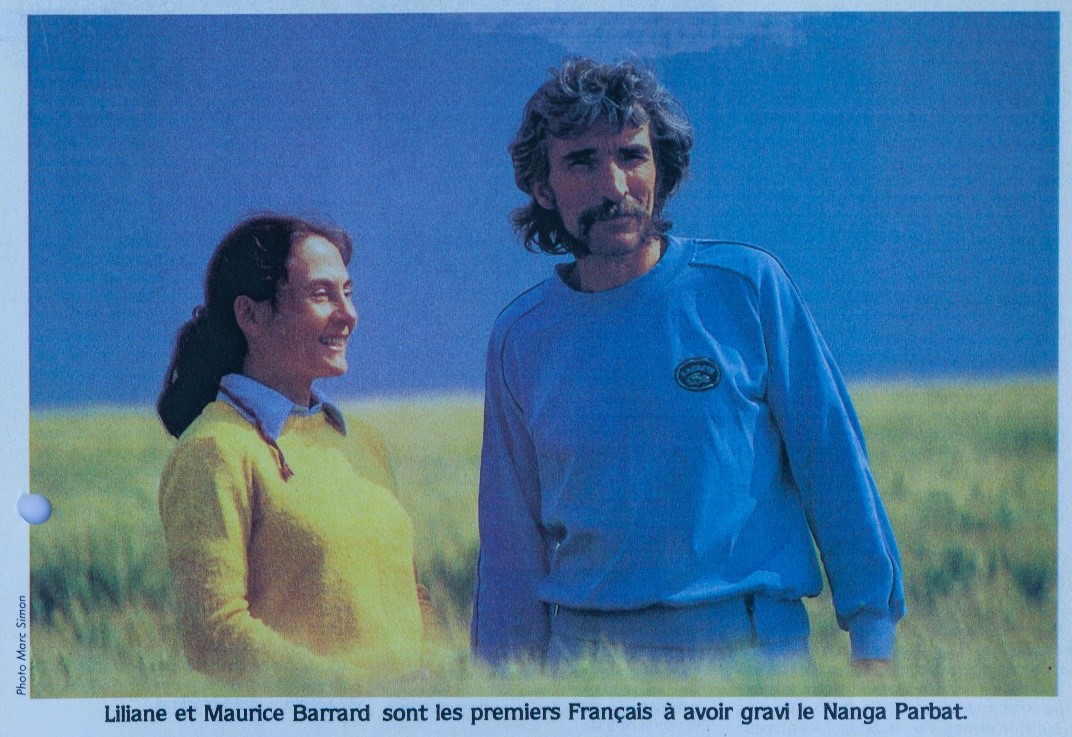 Once back in France, Maurice contacted a Textile Engineer Andre Vandeputte, and together they projected the insulation equipment fundamentally necessary for non-ox assaults on 8000 peaks, up into what is also known as the death zone.
Once back in France, Maurice contacted a Textile Engineer Andre Vandeputte, and together they projected the insulation equipment fundamentally necessary for non-ox assaults on 8000 peaks, up into what is also known as the death zone.
With no funding, Maurice and Andre started with a sewing machine, and started to develop the first H box wall systems, cutting down the total weight and compressibility yet improving the isolation capacity. This was a job from the scratch to supply equipment for high altitude attempts, done in a garage in Nimes in the south of France.
Maurice Barrard, as President of the Himalayan section of the French Alpine Club, had only one point in mind, to make the ultimate equipment needed for ultra-light non-ox 8000 peak attempts … a NON COMPROMIZEING approach.
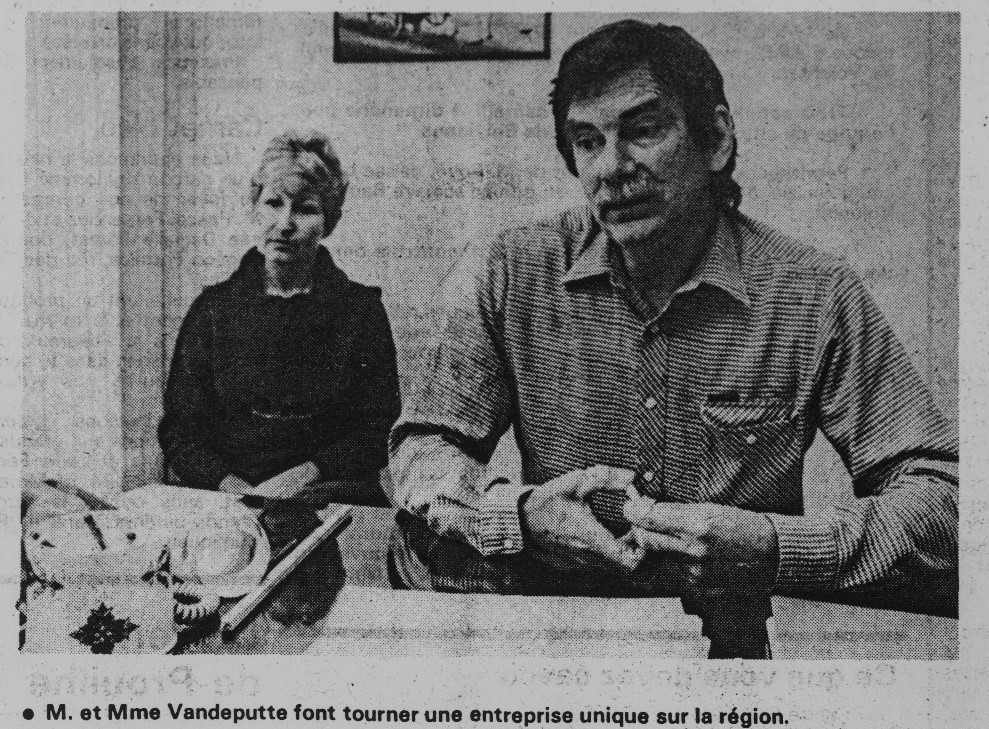 Maurice and Andre developed the equipment that was needed, and instantly the prototypes were tested and proved to be “rather powerful stuff”. So instantly this product took off like a rocket in the community.
Maurice and Andre developed the equipment that was needed, and instantly the prototypes were tested and proved to be “rather powerful stuff”. So instantly this product took off like a rocket in the community.
A full line of H-Box wall equipment was developed just for expedition use: Sleeping bags, pants, booties, mittens and Jackets.
In 1983, André was able to establish a company thanks to the demand from mountaineers. It was in the heart of the Aude Pyrenees, on the Plateau de Sault, in the back country of the historic Cathar region, that the company found its footing.
A workshop was rented from the municipality of Belcaire, and he named his company "Valandré," meaning "André's Valley."
But all-important achievements often get their certification of authenticity by destiny.
The Legacy of Maurice Barrard
Everything André and Maurice did was, to develop the essential insulation equipment needed for 8000-meter climbs without supplemental oxygen. The two men custom-made the gear, Maurice required for his 8000-meter non-ox adventures. And this was not about business—it was commercial and financial nonsense!
But then tragedy struck: Valandre’s textile engineer André was killed by a lightning strike while horse riding, close to Belcaire in the Pyrenees in 1984. Two years later, in 1986, Maurice and Liliane went missing on K2, while desperately trying to descend from the summit camp, during an unexpected cold front that hit the mountain, leaving the international expedition team stranded.
With the tragic loss of its founding members, Valandre - already a legendary brand - began to falter, and bankruptcy was declared in 1988.
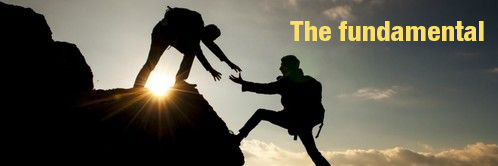
A “restart” was attempted in 1989, but by 1991, it became clear that one man’s unrealistic passion would often lead to commercial and financial failure.
A second bankruptcy was looming in 1992. However the fundamental of Alpinism is simple and basic! A second bankruptcy was out of the question. "Let’s just pick it up and keep it going!"

